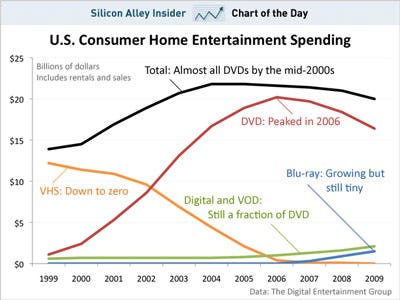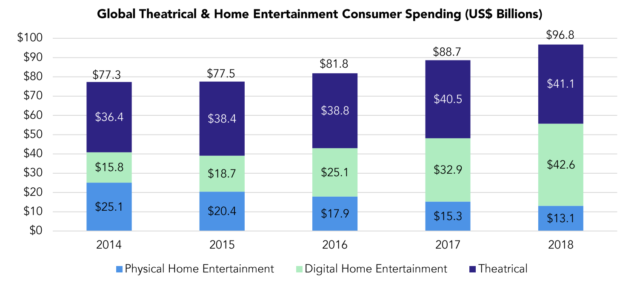Orin got a refresh in 2020, it would be around 6x faster or more in every metric over the existing switch on the same power draw while giving them DLSS as it is an Ampere base GPU over the Maxwell they use currently.Well it would be 6 years old if they go with a minimally modified Orin. That does sound like Nintendo.
Based on the tweaks in the leaks I've seen I would expect the CPU clocks going from 1.5 to 1.8, and for the GPU up from 625 to around 700. So it lands squarely between the Jetson Orin Nano and the NX.
![[H]ard|Forum](/styles/hardforum/xenforo/logo_dark.png)

